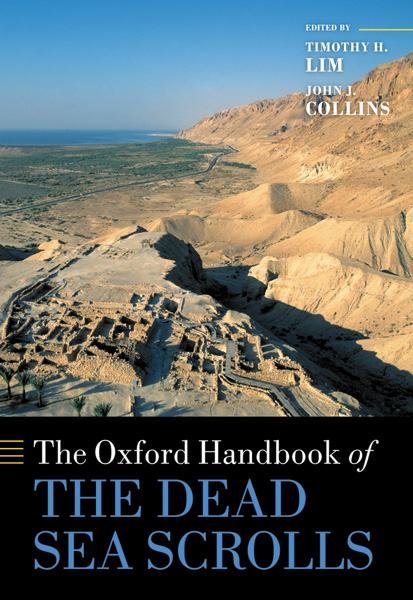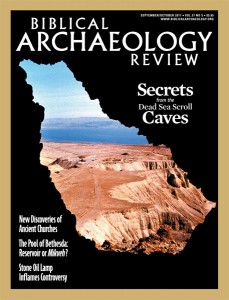
This sizable volume weighs in at just under 800 pages and includes an extremely impressive and stimulating collection of studies. BAR has asked me to deal with this volume in 500 words (one word for each 1.6 pages) so I will have to be very selective.
In addition to pointing readers to what we know about the scrolls, the Handbook very successfully gets across the crucial message that some of the most groundbreaking achievements in current scroll scholarship have to do with challenging what we thought we knew. For example, two of the most stimulating and controversial entries challenge such fundamental hypotheses as the significance of the solar calendar for the formation and identity of the Dead Sea Scroll sect (by Sacha Stern) and the notion that this group had abandoned the Jerusalem Temple (by Martin Goodman). Given that Stern is one of the world’s leading experts on calendars and Goodman one of the world’s leading experts on Roman-period Jewish history, it is not surprising that their case is formidable.
Dead Sea Scroll studies are, on the whole, robustly recovering from a prolonged infection: box-itis. Initially scholars tried to adjust the evidence of the scrolls to the size and shape of various prefabricated boxes. Now, however, we are beginning to realize what seems obvious: Toss out the boxes and start over with these exhilarating primary texts that have miraculously survived for 2,000 years!
Already a library member? Log in here.
Institution user? Log in with your IP address.

